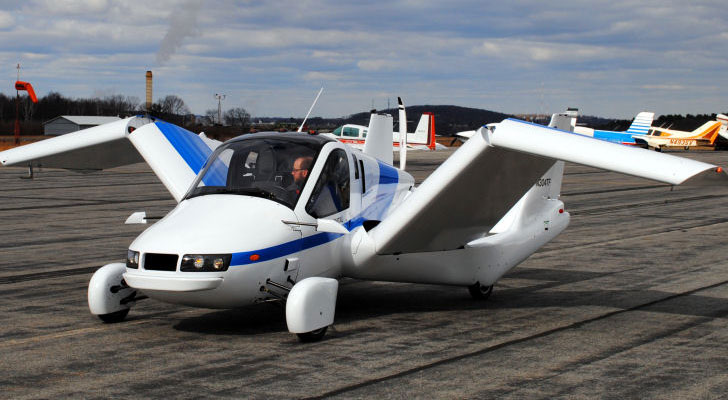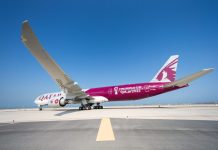Flying Cars Try to Take Wing
A group of entrepreneurs are revving up efforts to bring to market a new generation of personal transport, the flying car.
Competing designs—some already flying, others still on the drawing board—are as wildly different as the first generation of planes were. As often happens in new industries, designers have come to different conclusions about customer wishes, performance and likely demands from regulators.
Video – YOUCAR
Designers of flying cars have had to grapple with often-conflicting demands. For example, cars are limited by regulations in terms of width, and need to fit inside garages; but planes require long wingspans. The way that weight is distributed structurally in cars also differs from the way it’s done in planes. The result has been that some concepts look like flying cars, while others appear more like planes that can be driven. While the design approaches differ, the goals remain the same: vehicles that can safely operate on roads and in the sky.
Regulators in Europe have said they want to give engineers some leeway in terms of freedom to imagine different concepts. The European Union’s transport commissioner, Violeta Bulc, says she has asked staff to start thinking about the concept for “an urban aviation space“ that could accommodate new ideas such as drones and urban planes.
The idea of being able to use the same vehicle to drive and fly has enjoyed backing from enthusiasts for decades, though the ability to come up with actual salable products has been, at best, elusive. The concept remains largely limited to a cadre of entrepreneurs coming up with increasingly sophisticated designs.

Indeed, science keeps bringing the dream closer, says Douglas McAndrew, chief technical officer at AeroMobil, a Slovakia-based company that first flew a flying-car concept in 2012. Increasingly available composites have enabled vehicle designs that are light enough to take to the sky and tough enough to endure day-to-day traffic, Mr. McAndrew says. Engine technology has advanced to deliver more power at lower weight, he says, and sophisticated electronics for controlling vehicles have become more affordable as well.
Terrafugia, a flying-car maker based in Woburn, Mass., says it is working on a third-generation prototype that aims to satisfy still-evolving regulatory requirements. The company is seeking a light-sport-aircraft certification for its vehicle, requiring operators to have a sport-pilot certificate in addition to a driver’s license. The newest model is due to be tested this year and next, with deliveries commencing after. A two-seat proof-of-concept design, the Transition, first flew in 2009 and has logged more than 100 hours airborne, the company says.
Terrafugia also is working on a four-seat vehicle that could take off and land vertically. The company has acknowledged that there are “significant technical integration and regulatory barriers to overcome” with this model. Production of such a vehicle is still at least eight years off, Terrafugia says.
Assuming all of the regulatory issues are satisfied, other questions remain about how consumers are most likely to put the vehicles to use. Carplane’s Mr. Brown says his company considers the optimum flight distance for its vehicle will likely be transporting people between 200 and 1,200 miles, particularly between cities that are otherwise not well connected.
The Carplane will likely have an aerial cruise speed of 125 miles an hour and a top speed of 109 mph on the road. The maximum operating altitude would be 15,000 feet, the company says. Carplane is working with European regulators to get its concept approved, which means the vehicle won’t hit the market until at least 2019, Mr. Brown says. The company is also working closely with Germany’s aviation regulator, whose approval will determine when the vehicle takes to the sky.
Flying cars won’t come cheap, either, the companies acknowledge, though many are reluctant to discuss pricing. Costs would be well above those for the cheapest planes or high-end sports cars. But Mr. Brown says flying cars also offer savings, such as eliminating hangar costs that can run more than $500 a month, or the need to buy aircraft fuel. Just fill up at the local gas station, he says.



















